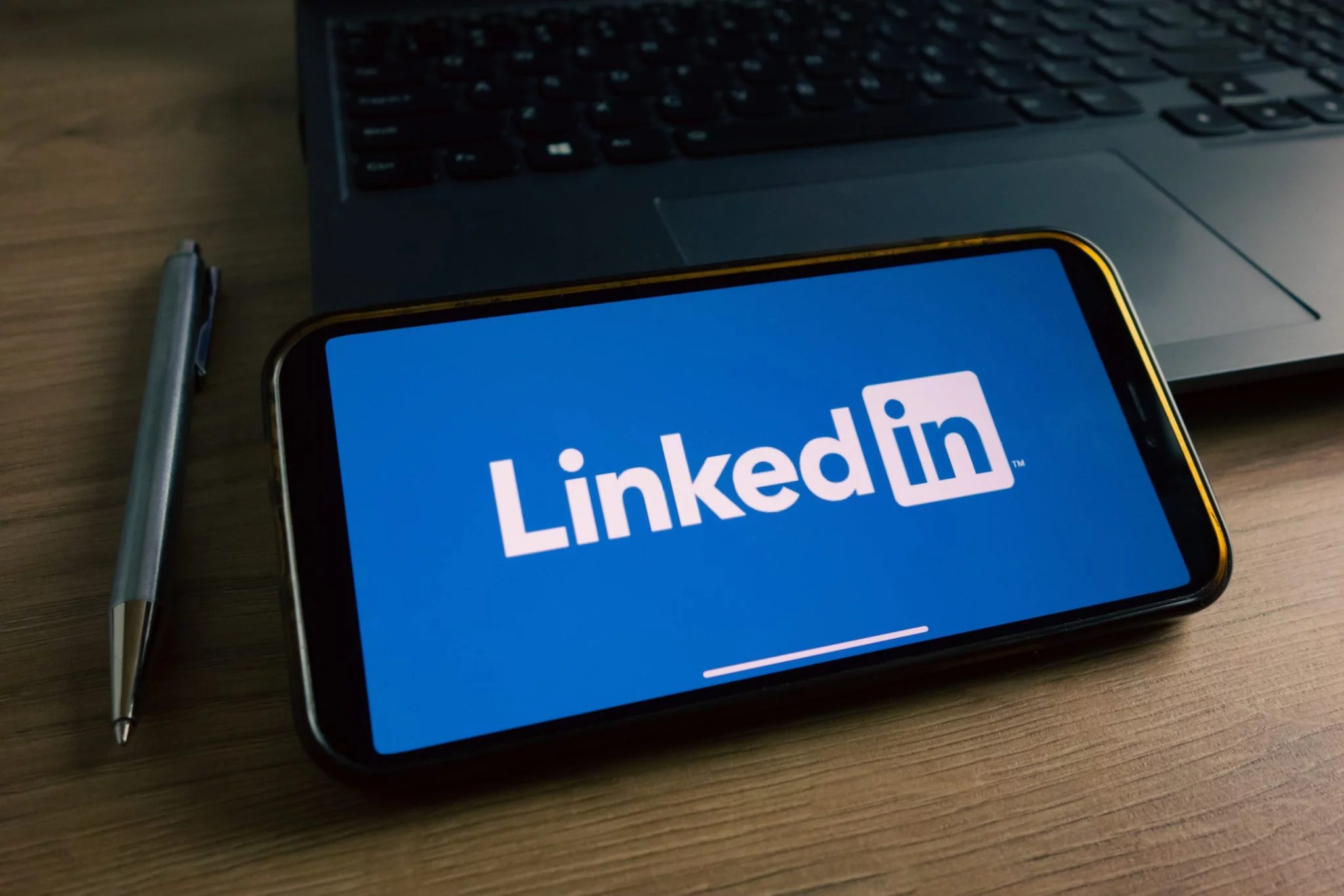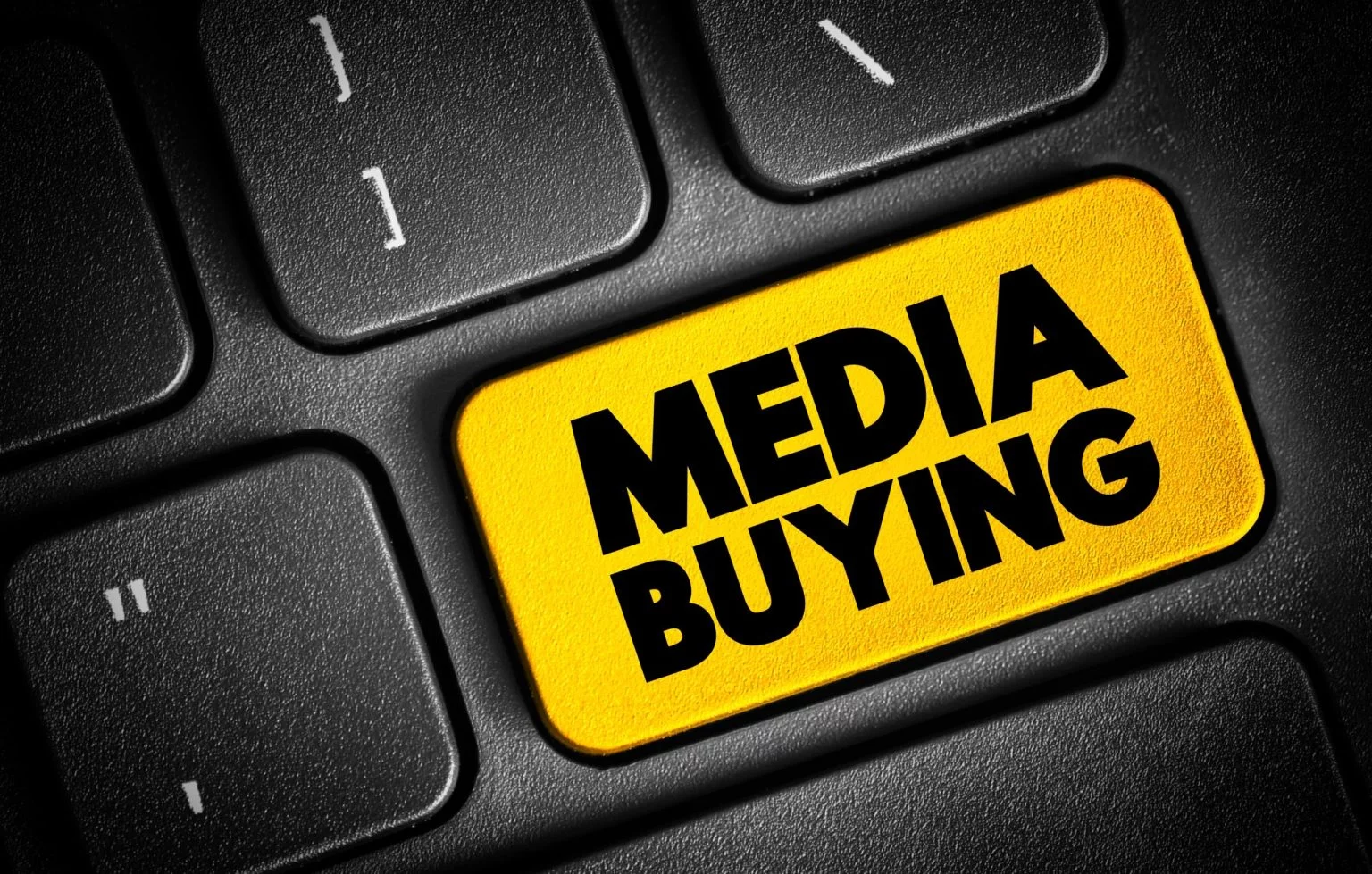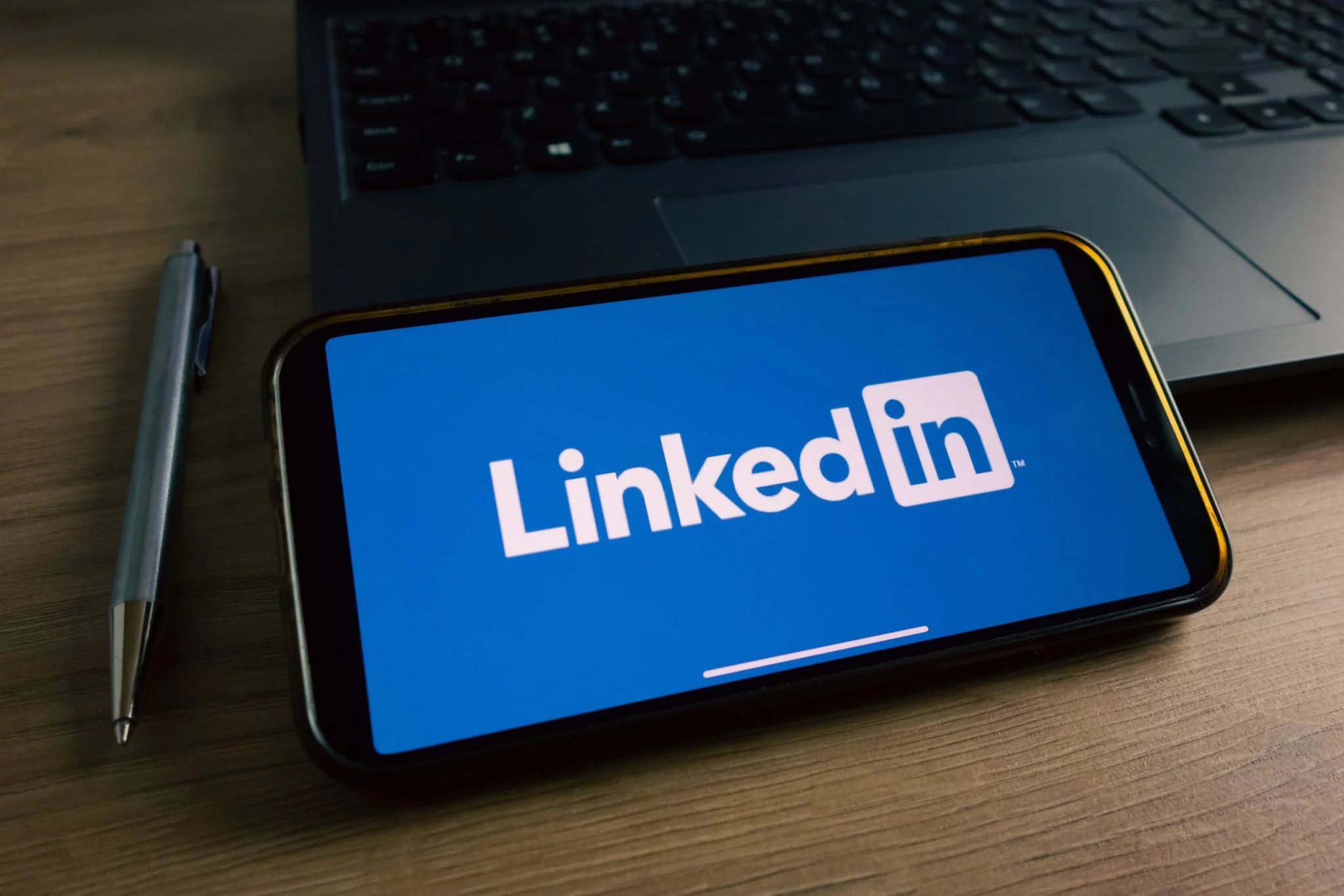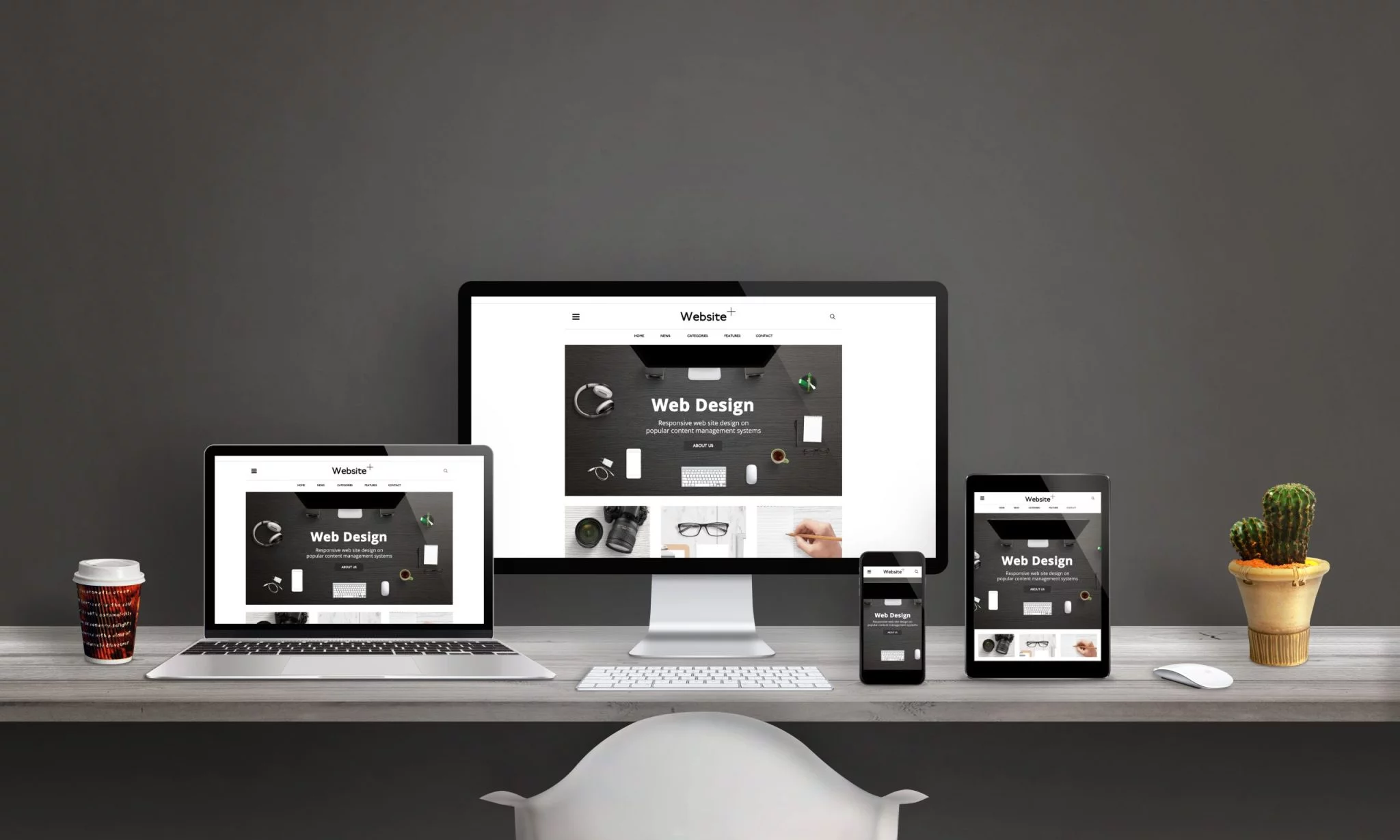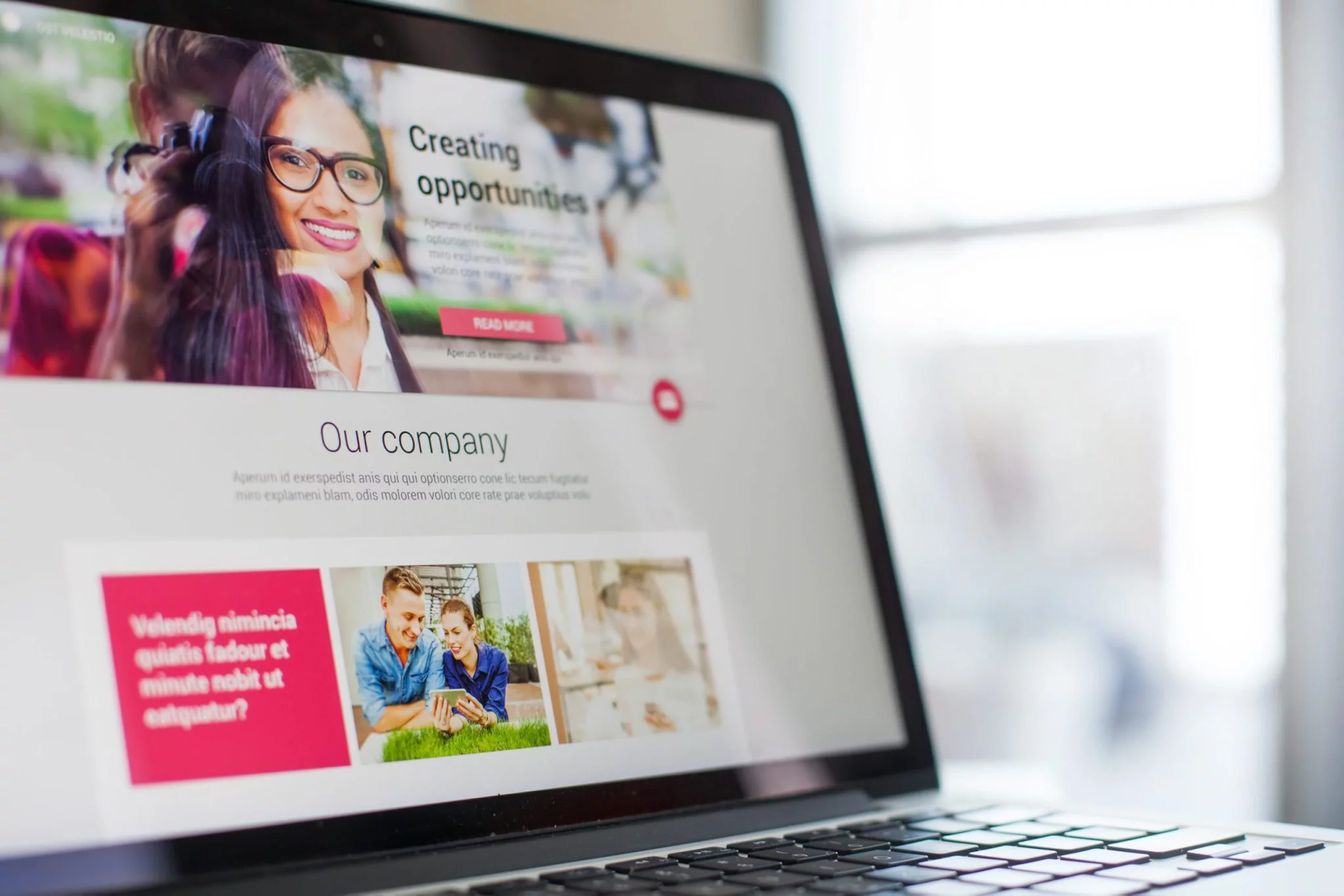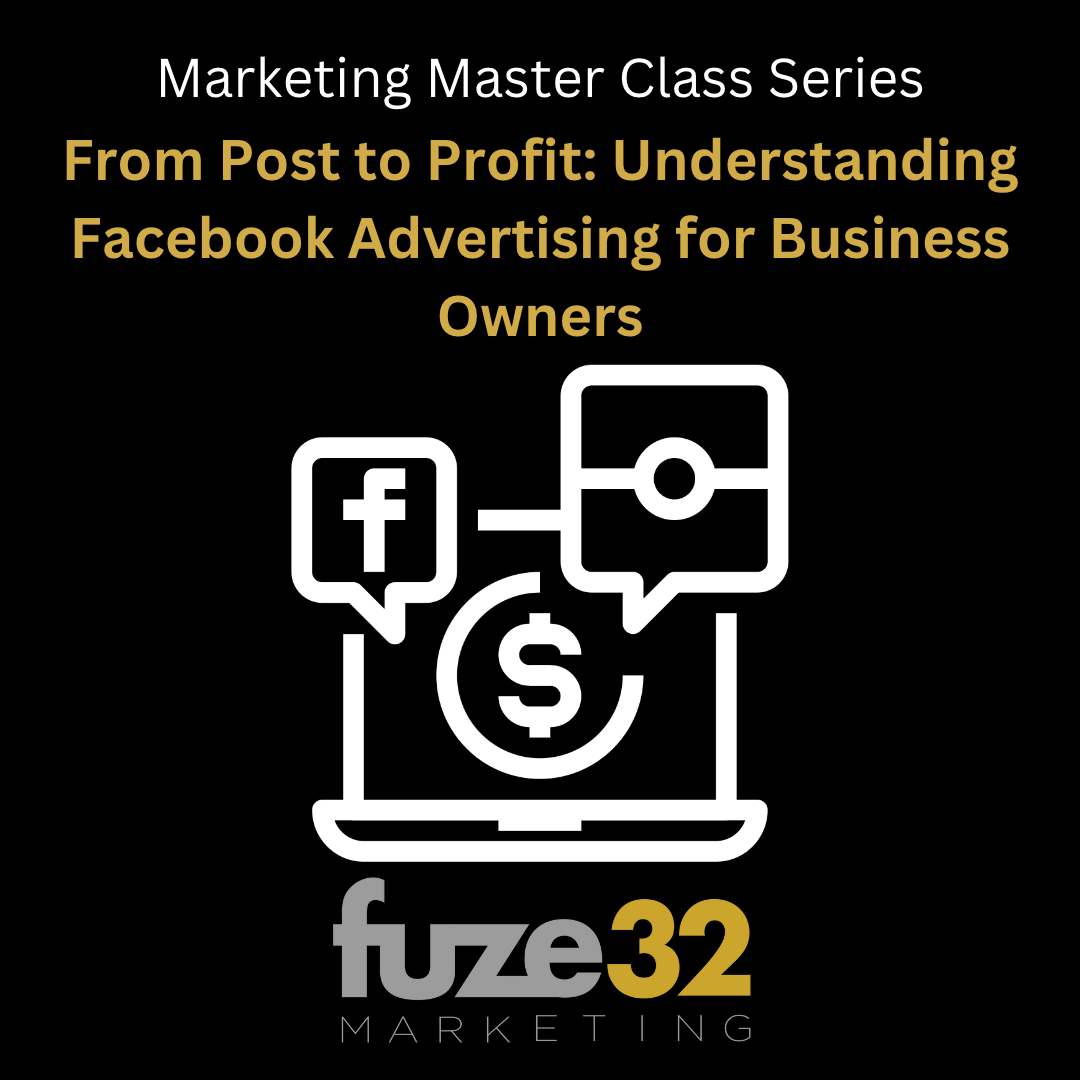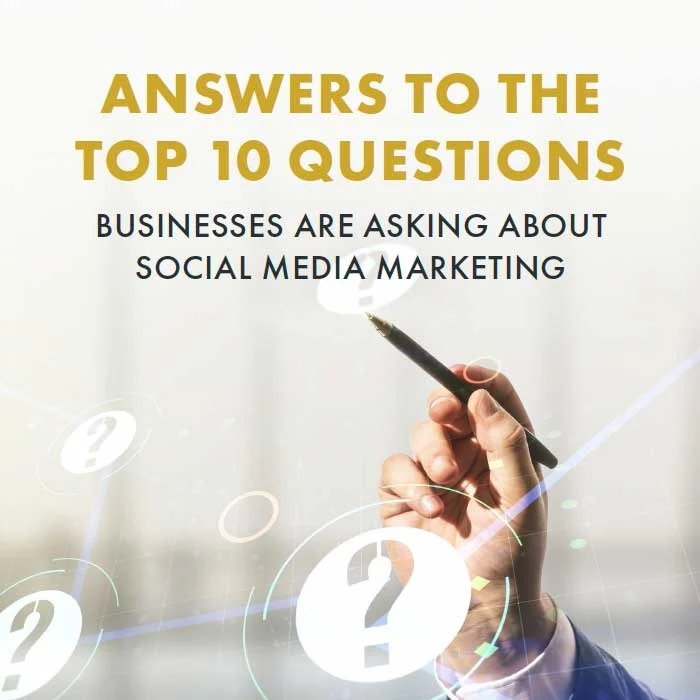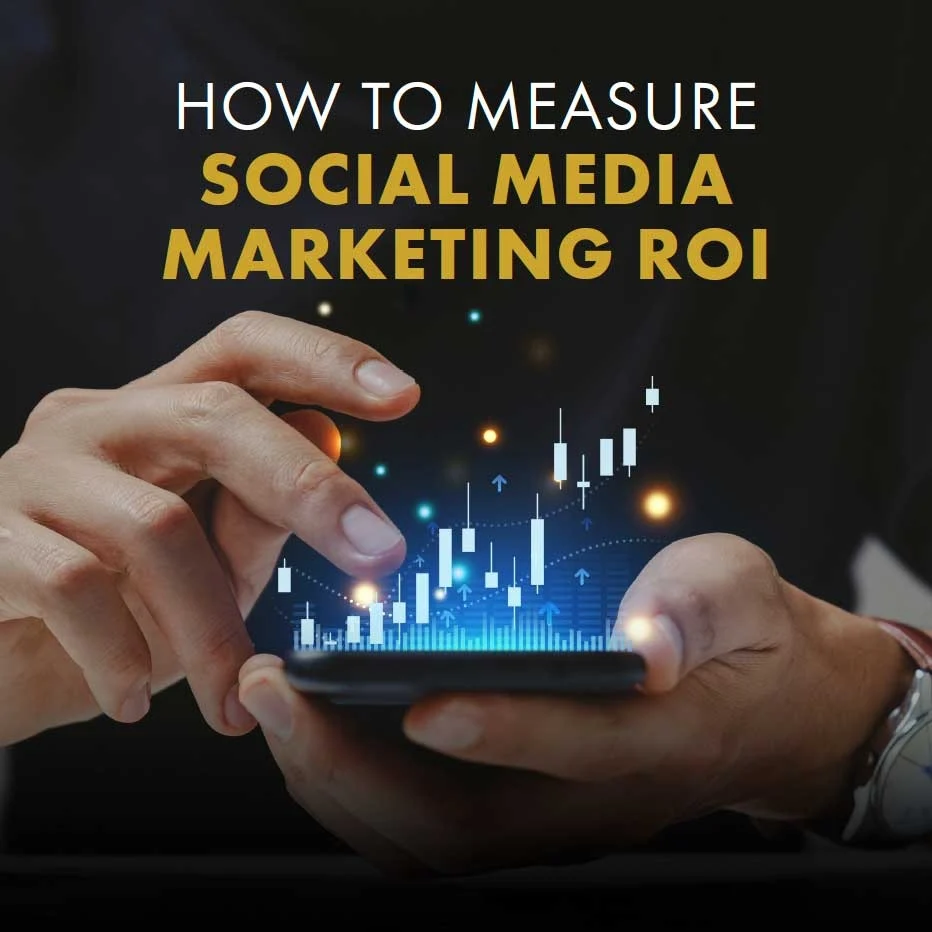
Let’s be honest. The digital marketing world is having a bit of a meltdown. Third-party cookies are crumbling faster than your grandma’s shortbread, consumer trust is at an all-time low, and privacy laws are tightening their grip. If you’re still leaning on third-party data to power your marketing, you’re building your entire strategy on sand. It’s a messy, unstable foundation that’s about to get washed out to sea.
So, what’s the alternative? How do you build a marketing strategy that not only works but will also survive the coming privacy apocalypse?
The answer is first-party data. It is the solid, future-proof foundation your business needs to thrive. It’s not just a good idea; it’s the new gold standard.
Key Takeaways
- Third-Party Data is Obsolete: Relying on third-party cookies is like building your marketing house on sand. With privacy laws tightening and cookies disappearing, it's a foundation guaranteed to crumble.
- First-Party Data is Your Bedrock: This is the information you collect directly from your audience. It's accurate, compliant, and something you actually own and control.
- Build Trust, Get Better ROI: Using first-party data respectfully shows customers you value their privacy. This builds trust and leads to more precise targeting, less wasted ad spend, and a stronger bottom line.
- Activation is Key: Collecting data is pointless if you don't use it. Activate your first-party data through personalized content, smart segmentation, and consistent cross-channel campaigns to gain a real competitive edge.
- Don't Go It Alone: Navigating the shift to a privacy-first world is complex. Partnering with a strategic agency can help you build and execute a data strategy that drives growth without the headache.
What is First-Party Data Anyway?
Before you roll your eyes at another marketing buzzword, let’s break this down in plain English. First-party data is the information you collect directly from your audience. Think of it as the data your customers and prospects willingly hand over to you.
This includes information from:
- Website visits and actions taken on your site
- Form fills for newsletters or gated content
- CRM entries and sales interactions
- Purchase history and transaction records
- Loyalty program sign-ups and activity
This data is yours. You own it. You control it. You know exactly where it came from, making it incredibly accurate and fully compliant with privacy regulations. Compare that to second-party data (someone else’s first-party data you borrow) or third-party data (data bought from aggregators who scrape it from all over the web). Are you starting to see why one is the gold standard and the others are… well, not?
The Privacy-First Shift is Here to Stay
This isn’t a fleeting trend. The move toward a privacy-first internet is permanent, and you can thank a few key drivers. First, the tech giants have spoken. Google is phasing out third-party cookies in Chrome, following the lead of Safari and Firefox. That alone is a game-changer.
Then you have the legal muscle. Regulations like GDPR in Europe and CCPA in California are just the beginning. More laws are coming, and they all put consumer privacy front and center. But the biggest driver of all is consumer expectation. People are tired of creepy, irrelevant ads following them around the internet. They want to know their data is respected. Give them a personalized, valuable experience based on data they shared with you, and they’ll reward you with their business. Keep spamming them with ads for something they looked at once six months ago, and they’ll ignore you forever.
The Unfair Advantage of First-Party Data
Embracing first-party data isn’t just about survival; it’s about gaining a serious competitive edge. When you collect data ethically and use it transparently, you build trust. That trust is currency in a world where consumers are deeply skeptical of how their information is used.
The ROI speaks for itself. With first-party data, you can create incredibly precise audience segments, which means less wasted ad spend and more effective campaigns. You’re talking to people who already know you and are interested in what you offer. That’s a whole lot more efficient than shouting into the void with third-party data. This approach future-proofs your business. As your competitors scramble to figure out what to do in a cookie-less world, you’ll be busy scaling your growth on a solid foundation of owned data. For example, brands that build strategies around loyalty program data often see a 15-25% lift in campaign ROI simply because their targeting is so much smarter.
Practical Ways to Collect First-Party Data
Okay, so you’re sold on the idea. But how do you actually collect this magical data? The key is to offer a fair value exchange. Give your customers a good reason to share their information with you.
Here are a few practical methods:
- Interactive Website Content: Use forms, quizzes, calculators, and chatbots to engage visitors and capture information.
- Gated Content: Offer valuable resources like ebooks, whitepapers, or case studies in exchange for an email address.
- Loyalty & Reward Programs: Incentivize repeat business and collect rich data on purchasing habits.
- Events & Webinars: Registration forms are a goldmine for collecting contact information and understanding interests.
- Surveys & Preference Centers: Just ask! Let customers tell you what they want to see from you, from product preferences to email frequency.
Pro Tip: Always be clear about what you’re asking for and what they get in return. A customer who trades their email for a genuinely useful guide is far more valuable than one who feels tricked into it.
Putting Your First-Party Data to Work
Collecting data is just step one. If it just sits in your CRM collecting digital dust, it’s useless. The real power comes from activating it.
This is where you can get creative:
- Hyper-Personalized Content: Use purchase history to recommend related products or send offers that are actually relevant.
- Smarter Audience Segmentation: Go beyond basic demographics. Group audiences by behavior, like frequent buyers, cart abandoners, or recent webinar attendees.
- Powerful Lookalike Modeling: Use your best customer segments as a seed audience to find new, highly-qualified prospects on platforms like Meta and Google.
- Cross-Channel Consistency: Ensure your message is consistent whether a customer is on your website, reading an email, or seeing a social media ad. You can even use insights from your digital audience to make your traditional media buys, like radio, more effective.
Common Pitfalls (And How to Dodge Them)
Transitioning to a first-party data strategy is not without its traps. Here are some common mistakes to avoid:
- Collecting Without Consent: This is a huge one. Always get explicit permission and be transparent about how you’ll use the data.
- Having No Structure: Data dumped into a spreadsheet is not a strategy. You need a clean, organized system (like a CRM) to manage it effectively.
- Gathering But Not Using: The "dusty CRM syndrome" is real. If you’re not activating your data, you’re wasting a valuable asset.
- Overcomplicating Things: You don’t need a team of data scientists to get started. Begin with simple segments and build from there. Start simple, scale smart.
Why You Shouldn't Do This Alone
Feeling a little overwhelmed? That’s normal. Building and executing a first-party data strategy requires the right combination of strategy, technology, and creative execution. This is where partnering with a strategic agency can make all the difference. An expert team lives and breathes this stuff daily.
At fuze32, we’re not your typical agency. We are data-smart, ROI-obsessed, and maybe a little bit snarky. We help businesses like yours cut through the noise, build a powerful first-party data asset, and turn it into measurable growth. We handle the complexity so you can focus on running your business.
Your competitors are already building their first-party data strategies. Are you? In a privacy-first world, this isn’t just a nice-to-have. It’s the only way forward.
Ready to build a marketing foundation that lasts?
Schedule a free consultation with fuze32 and let’s talk about your data strategy.
Frequently Asked Questions
- What is the main difference between first-party and third-party data?
First-party data is information you collect directly from your audience with their consent, so you own it and know it's accurate. Third-party data is collected by other companies and sold to you, so you have no control over its accuracy or how it was obtained. - Will switching to a first-party data strategy hurt my lead generation at first?
There can be a learning curve, but a well-executed strategy quickly pays off. By focusing on higher-quality leads who have a genuine interest in your brand, you will likely see better conversion rates and a higher ROI, even if the initial volume seems lower. - What is the single best way to start collecting first-party data?
Start with your website. Add a newsletter sign-up form with a clear benefit, offer a valuable piece of gated content, or implement a simple quiz. These are low-effort ways to begin building your data asset immediately.



.webp)







